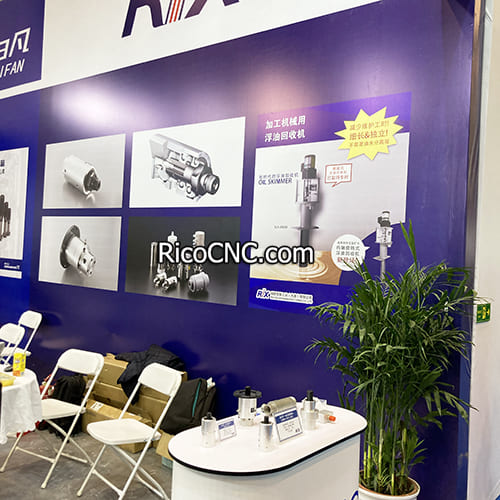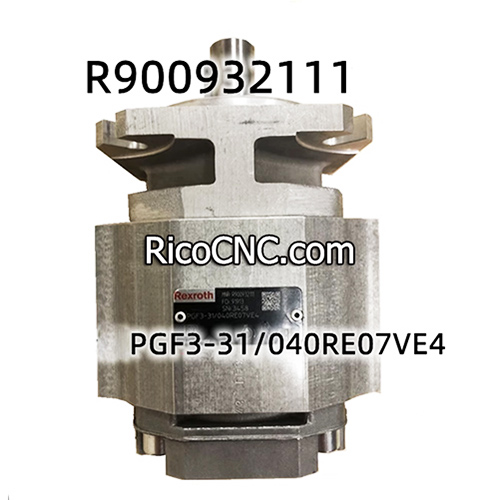
How Does a Trochoid Pump Work?
Trochoid pumps, a unique and efficient type of rotary pump, have gained significant popularity in various industrial applications due to their compact design and smooth operation. These pumps offer a wide range of benefits, including high efficiency, low pulsation, and excellent fluid handling capabilities. In this comprehensive guide, we’ll explore the inner workings of trochoid pumps, their advantages, and why they’re becoming increasingly prevalent in modern machinery.
Understanding the Basics of Trochoid Pump Technology
Trochoid pump technology is based on the principle of two interlocking rotors – an inner rotor with external teeth and an outer rotor with internal teeth. The unique design of these rotors allows for a continuous and smooth pumping action, making trochoid pumps ideal for a variety of applications.
The inner rotor, typically driven by a motor, rotates eccentrically within the outer rotor. As the rotors turn, they create a series of sealed chambers that expand and contract, drawing fluid in and expelling it out of the pump. This process occurs continuously, resulting in a steady flow of fluid.
Key Components of a Trochoid Pump
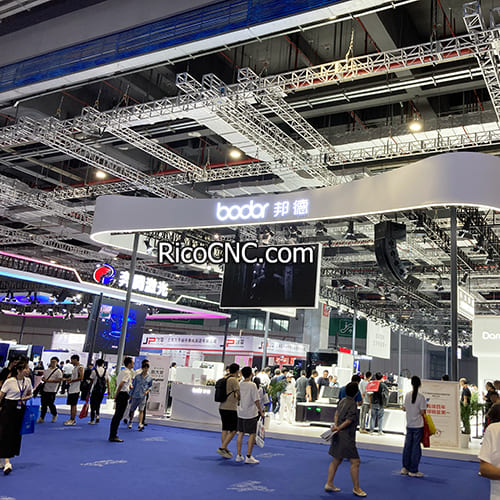
To fully grasp how a trochoid pump works, it’s essential to understand its main components:
Inner Rotor: The heart of the pump, featuring external teeth
Outer Rotor: Surrounds the inner rotor, with internal teeth
Housing: Contains the rotors and provides inlet and outlet ports
Shaft: Connects the inner rotor to the drive motor
Seals and Gaskets: Prevent external leaks and maintain pressure
These components work in harmony to create the pump’s unique fluid-moving action.
The Pumping Cycle Explained
The trochoid pump’s operation can be broken down into four main stages:
Intake: As the rotors turn, a cavity forms at the inlet port, creating suction that draws fluid into the pump.
Sealing: The fluid is trapped between the rotor teeth and the pump housing.
Transport: The trapped fluid is carried around the pump chamber as the rotors continue to rotate.
Discharge: When the fluid reaches the outlet port, it’s expelled from the pump under pressure.
This cycle repeats continuously, providing a smooth and consistent flow rate.
Advantages of Trochoid Pump Designs
Trochoid pumps offer several benefits that make them attractive for various applications:
High Efficiency: Due to their close tolerances and minimal internal leakage
Smooth Operation: The continuous pumping action results in low pulsation
Compact Design: Ideal for applications where space is at a premium
Self-Priming: Can handle air or gas in the fluid without losing prime
Low Noise: Quieter operation compared to many other pump types
Versatility: Suitable for a wide range of fluids and viscosities
These advantages have led to the increased adoption of trochoid pumps in industries ranging from automotive to food processing.
Applications of Trochoid Pumps
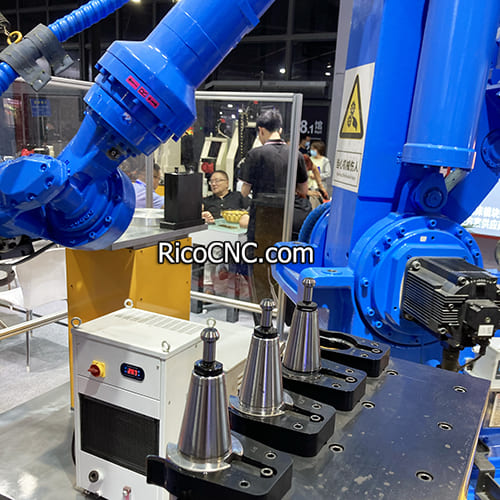
Trochoid pumps are used in a variety of industries and applications, including:
Automotive lubrication systems
Hydraulic power units
Machine tool coolant circulation
Food and beverage processing
Chemical and pharmaceutical manufacturing
Oil and gas industry
Their ability to handle different fluids and operate efficiently makes them a versatile choice for many fluid handling needs.
Comparing Trochoid Pumps to Other Pump Types
To better understand the unique position of trochoid pumps, let’s compare them to other common pump types:
| Pump Type | Efficiency | Pulsation | Size | Noise Level | Fluid Handling |
|---|---|---|---|---|---|
| Trochoid | High | Low | Compact | Low | Versatile |
| Gear | Medium | Medium | Compact | Medium | Limited |
| Piston | High | High | Large | High | Versatile |
| Centrifugal | Variable | Low | Large | Medium | Limited |
As we can see, trochoid pumps offer a balanced combination of benefits that make them suitable for many applications.
Maintaining and Troubleshooting Trochoid Pumps
To ensure the longevity and optimal performance of a trochoid pump, proper maintenance is crucial. Here are some key maintenance tips:
Regularly inspect seals and gaskets for wear
Check for unusual noise or vibration during operation
Monitor flow rate and pressure for any changes
Ensure proper lubrication of moving parts
Verify chemical compatibility with pumped fluids
If issues arise, common troubleshooting steps include:
Checking for air leaks in the inlet line
Inspecting rotors for damage or wear
Verifying proper rotation direction
Examining the drive shaft for alignment issues
Regular maintenance can prevent many common problems and extend the pump’s lifespan.
Innovations in Trochoid Pump Technology
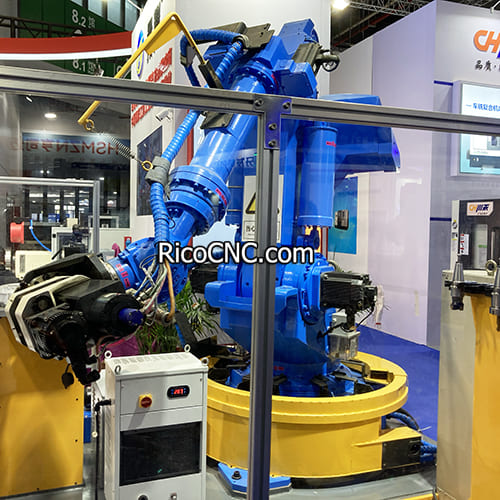
Recent advancements in trochoid pump technology have led to even greater efficiency and versatility. Some innovations include:
Advanced Materials: Use of wear-resistant alloys for longer lifespan
Improved Sealing: Development of better seal designs to minimize leakage
Variable Speed Control: Integration with smart drive systems for precise flow control
Hybrid Designs: Combining trochoid principles with other pump technologies
These innovations continue to expand the applications and benefits of trochoid pumps.
Selecting the Right Trochoid Pump for Your Application
Choosing the appropriate trochoid pump requires consideration of several factors:
Required Flow Rate: Determine the volume of fluid needed per unit time
Operating Pressure: Ensure the pump can handle the system pressure
Fluid Properties: Consider viscosity, temperature, and chemical compatibility
Environmental Conditions: Account for factors like ambient temperature and humidity
Power Source: Match the pump to available power supplies (electric, hydraulic, etc.)
Maintenance Requirements: Consider accessibility and service intervals
Careful selection ensures optimal performance and longevity of the pump in its specific application.
Environmental Impact of Trochoid Pumps
In an era of increasing environmental consciousness, trochoid pumps offer several eco-friendly advantages:
Energy Efficiency: Their high efficiency translates to lower power consumption
Reduced Waste: Longer lifespan means fewer replacements and less waste
Minimal Leakage: Better containment of potentially harmful fluids
Quieter Operation: Contributes to reduced noise pollution in industrial settings
These factors make trochoid pumps a more sustainable choice for many applications.
Trochoid Pumps vs. Rotary Plunger Pumps
While both trochoid pumps and rotary plunger pumps fall under the category of positive displacement pumps, they have distinct differences:
Design: Trochoid pumps use interlocking rotors, while rotary plunger pumps use rotating plungers
Flow Characteristics: Trochoid pumps provide smoother flow with less pulsation
Pressure Capabilities: Rotary plunger pumps generally handle higher pressures
Maintenance: Trochoid pumps typically require less maintenance due to fewer moving parts
Understanding these differences can help in selecting the most appropriate pump for a specific application.
Read more about SGMJV-04ADA61 Yaskawa AC servo motor SGMJV SIGMA5 Rotary Brushless Servomotor
FAQs About Trochoid Pumps

How do I determine the required flow rate for my trochoid pump?
To determine the required flow rate, consider your system’s needs, including volume of fluid to be moved, time constraints, and any peak demand periods. Consult with a pump specialist to ensure accurate calculations.
Can trochoid pumps handle high-viscosity fluids?
Yes, trochoid pumps are well-suited for handling high-viscosity fluids due to their positive displacement action and close tolerances. However, ensure you select a pump rated for the specific viscosity range of your fluid.
What are the signs that my trochoid pump needs maintenance?
Watch for decreased flow rate, unusual noise or vibration, increased power consumption, or visible leaks. Regular preventive maintenance can help catch issues before they become serious problems.
Are trochoid pumps self-priming?
Most trochoid pumps are self-priming, meaning they can create suction to draw fluid into the pump even when the inlet line is not fully primed. This makes them ideal for applications where the fluid source may be below the pump inlet.
How do I prevent cavitation in my trochoid pump?
To prevent cavitation, ensure proper inlet conditions (adequate NPSH), avoid running the pump dry, and select a pump appropriate for your fluid’s properties and system conditions. Proper installation and maintenance also play crucial roles in preventing cavitation.
Conclusion
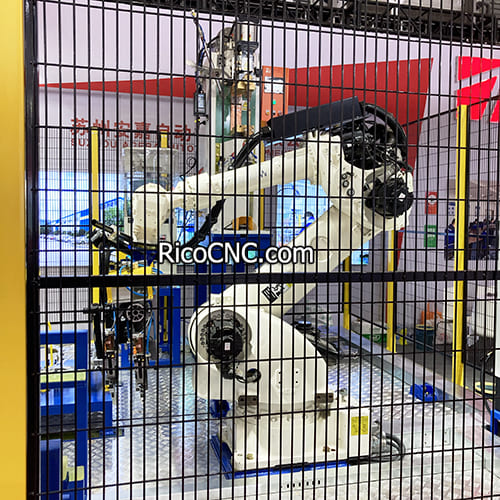
Trochoid pumps represent a significant advancement in pump technology, offering a unique combination of efficiency, smooth operation, and versatility. Their compact design and ability to handle a wide range of fluids make them an attractive option for numerous applications across various industries.
As we’ve explored, the inner workings of a trochoid pump are based on a simple yet ingenious principle of interlocking rotors. This design allows for continuous fluid movement with minimal pulsation, resulting in reliable and efficient pumping action.
From automotive applications to food processing and beyond, trochoid pumps continue to prove their worth in diverse settings. Their advantages in terms of energy efficiency, reduced maintenance needs, and environmental benefits position them as a forward-thinking choice for modern fluid handling challenges.
As technology continues to advance, we can expect further innovations in trochoid pump design, potentially expanding their capabilities and applications even further. For engineers, plant managers, and anyone involved in fluid handling systems, understanding and considering trochoid pumps can lead to improved processes and operational efficiencies.
Whether you’re looking to upgrade existing systems or design new fluid handling solutions, trochoid pumps deserve serious consideration. Their unique blend of performance, reliability, and versatility may just be the key to optimizing your fluid management needs.







